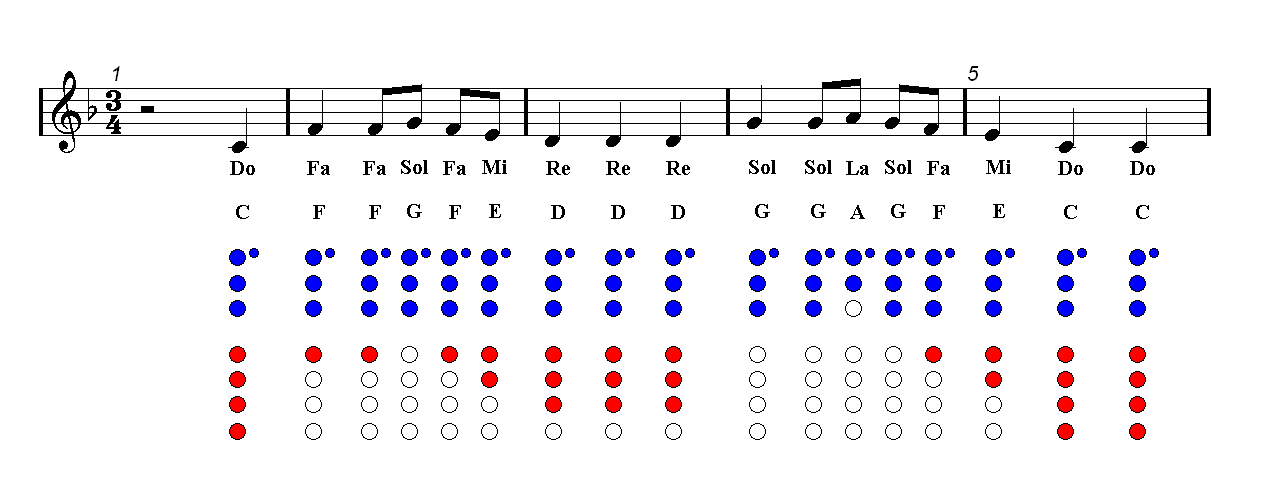
#SIMPLE RECORDER CHART HOW TO#
The data can help building operators determine how to make the most efficient use of an HVAC system. A circular chart recorder is often suitable for this purpose due to the compact nature of such units.

In large office buildings, chart recorders are used to record internal temperatures throughout the course of a given day. The speed or pressure at one stage of the process might generate markings of high intensity while others show less movement. Today, as the technology competes with data loggers, traditional chart recorders are still the preferred option for uses in remote, powerless settings and within working arsenals that lack complex computing systems.Īt water purification plants, chart recorders are often used to record the flow rates of water during various points of activity. In laboratories, chart recorders have been used to keep graphic records of scientific data compiled through testing and diagnostics. Applications: Where Chart Recorders Are UsedĬhart recorders have long been used at manufacturing plants to keep records of process factors such as pressure, flow, humidity and temperature. Stevens patents the first environmental chart recorder.Īs the 20th century progressed, chart recorders became more advanced and applicable to a variety of applications. He subsequently founds the Bristol Manufacturing Company, which oversees the development of chart recorder technology during the following century. 1888: William Henry Bristol patents the Pressure Indicator and Recorder - a prototype for subsequent chart recorders.1858: Baron Kelvin employs a siphon recorder to keep a record of underwater telegraph signals.This new and improved method for studying stars is soon adopted internationally. 1848–1950: John Locke uses a chart recorder to make astronomical observations.The contraption is used to record the motion of an attached railroad carriage according to numerous variables. Various pens are affixed to an overhanging bridge at the center of the table. 1838: Charles Babbage constructs a dynamometer car with an inbuilt chart recorder, which uses a 1,000-foot-long strip of paper that unwinds onto a table.Notable early uses of chart recording devices include the following: Origin and History of Chart RecordersĬhart recorders were first used during the 1830s to record the speed and consistency of moving vehicles and devices. In a roll chart recorder, the data is input onto a roll in a similar manner to a strip chart recorder.Ĭhart recorders basically serve a similar purpose to the modern-day data logger. In a circular chart recorder, a spool of paper is fed in a rotating motion. In a strip chart recorder, long strips of paper are ejected from the unit.

Newer chart recorders tend to be entirely electronically operated.ĭepending on the format of the chart recorder, the paper is rolled in one of three ways. Electromechanical chart recorders use a combination of motorized and electronic elements to roll the paper and move the pens. Mechanical chart recorders use motorized clockwork mechanisms to roll paper under the pens. In terms of operation, chart recorders come in three basic varieties: mechanical, electromechanical and electronic.


For example, a chart recorder that measures seismic activity might use a red and a blue pen to measure different velocities and wave types. The inputs are entered onto the paper with one or more pens of varying colors. A chart recorder is a device that reads and draws inputs onto a rolling piece of paper.


 0 kommentar(er)
0 kommentar(er)
